October 13th is World Thrombosis Day.
Thrombosis occurs when blood clots block veins or arteries. The clot can also break loose and travel to an organ. This is called an embolism.
Thrombosis is often the underlying pathology behind heart attack and stroke, which are still the number one cause of premature death in Canada.
Thrombosis does not discriminate — blood clots can affect anyone regardless of age, ethnicity, or race. The most important thing you can do to prevent blood clots is to be aware of your risk factors, such as hospitalization, family history, recent surgery, cancer, long periods of bed rest or immobility, supplemental estrogen (from birth control pills or hormone replacement therapy), pregnancy, obesity, heart disease, and smoking.
World Thrombosis Day is an opportunity to raise awareness about the signs and symptoms of thrombosis to help people spot or prevent this potentially life-threatening condition.
The symptoms of deep vein thrombosis (DVT) typically include swelling, pain, warmth, and redness in the affected arm or leg. If you are experiencing these symptoms, you should contact your healthcare provider.
The symptoms of a pulmonary embolism (PE), which occurs when a blood clot breaks free and travels to the lungs, include sharp chest pain, shortness of breath, light-headedness or passing out, and a rapid heart rate. A PE is a medical emergency. If you are experiencing the symptoms of a PE, seek medical treatment immediately.
To learn more about thrombosis, please visit World Thrombosis Day.
Donate to Federated Health Canada today to support a healthier Ontario and a life uninterrupted by heart disease and stroke.






